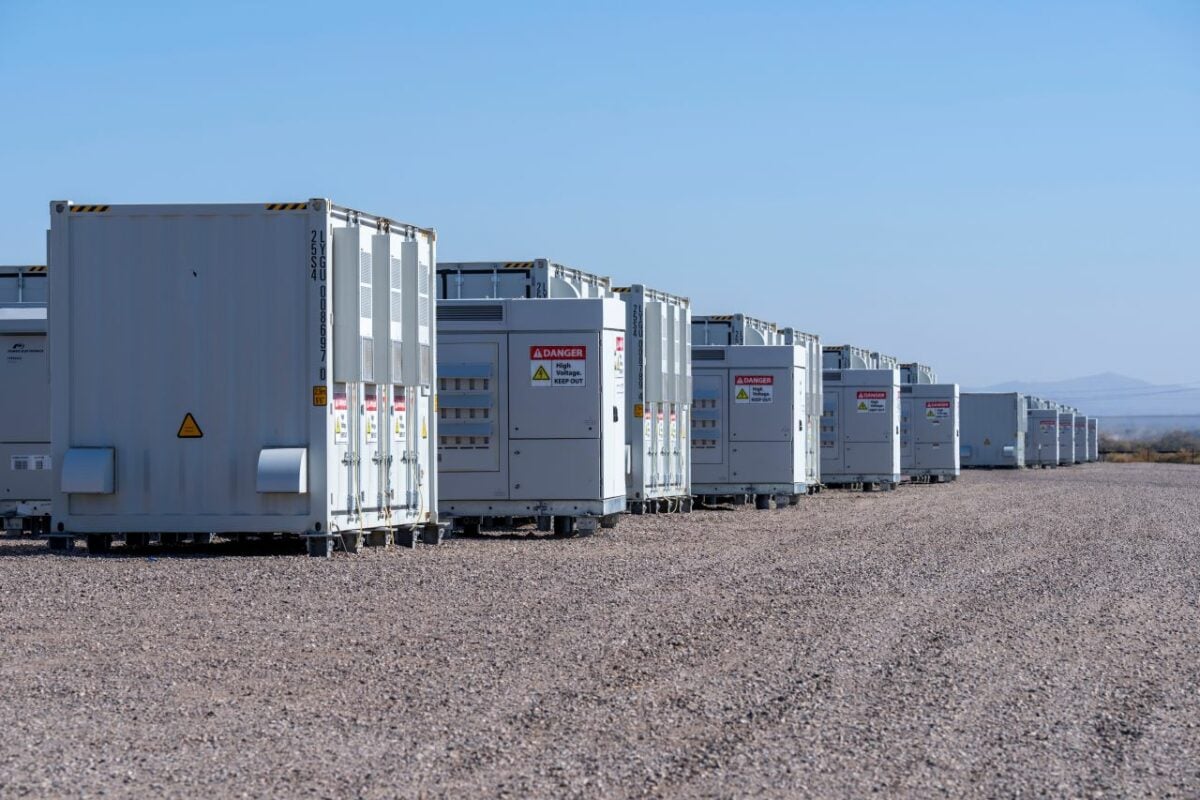Wind Power For Trains: Reducing Pollution And Energy Consumption

Table of Contents
The Environmental Impact of Traditional Train Power Sources
Fossil Fuel Dependence
The railway industry's heavy reliance on diesel and other fossil fuels for train locomotion carries severe environmental consequences. Burning fossil fuels releases harmful pollutants into the atmosphere, contributing significantly to air and noise pollution. These emissions include greenhouse gases like carbon dioxide (CO2), nitrogen oxides (NOx), and particulate matter, all major contributors to climate change and respiratory illnesses. The extraction, processing, and transportation of these fuels also have significant environmental impacts, further exacerbating the problem.
The Need for Sustainable Alternatives
The urgency of transitioning to sustainable alternatives for railway power is undeniable. International agreements like the Paris Agreement and various national environmental policies emphasize the need to drastically reduce greenhouse gas emissions from all sectors, including transportation. The railway industry, a significant emitter, must play its part.
- Environmental Regulations and Targets: The European Union's emission reduction targets for the transport sector, the US EPA's regulations on locomotive emissions, and similar initiatives worldwide underscore the need for cleaner railway technologies.
- Negative Impacts on Local Communities: Air pollution from train emissions directly affects the health of communities near railway lines, leading to respiratory problems and other health issues. Noise pollution from diesel engines also significantly impacts the quality of life for residents in nearby areas.
How Wind Power Can Power Trains
Direct Wind Power Integration
One approach to harnessing wind power for trains involves direct integration. This could involve mounting wind turbines directly onto trains themselves or constructing dedicated wind farms alongside railway lines to generate electricity directly for the trains. However, this method faces significant technological challenges. On-board turbines would need to be lightweight, efficient, and robust enough to withstand the vibrations and varying wind conditions during train operation. Alongside-track wind farms require careful planning to avoid obstructing train operations and to optimize wind capture.
- Potential Locations for Wind Turbines: Suitable locations for on-board turbines might be on the roofs of carriages or at the front of locomotives. Alongside-track turbines would be strategically positioned along less-curved sections of the railway, away from bridges and tunnels.
- Technological Advancements: Further research and development are needed to create smaller, more efficient, and reliable wind turbines suitable for both on-board and alongside-track applications, addressing durability and power output challenges.
Indirect Wind Power Integration (Grid Connection)
A more practical and potentially cost-effective approach is indirect integration via the electricity grid. Large-scale wind farms can generate renewable energy that feeds into the national grid, providing clean power for electric trains. This method leverages existing grid infrastructure, reducing the need for significant new investments in power generation and transmission systems.
- Advantages of Grid Integration: Utilizing existing grid infrastructure minimizes capital expenditure and reduces construction time. It also allows for greater flexibility in managing power supply.
- Cost-Effectiveness: Grid integration offers potentially lower costs compared to direct integration, especially considering the high costs associated with developing and maintaining on-board or alongside-track wind turbine systems.
Hybrid Systems
Combining wind power with other renewable energy sources, such as solar power and battery storage systems, can create a more robust and reliable power system for trains. This hybrid approach mitigates the intermittency of wind power, ensuring a consistent energy supply even during periods of low wind speeds.
- Advantages of Diversification: A hybrid system offers greater resilience and reliability by diversifying energy sources and reducing dependence on any single technology.
- Examples of Successful Hybrid Systems: Several successful hybrid systems combining renewable energy sources exist in other sectors, providing valuable lessons for the railway industry.
Economic and Social Benefits of Wind Power for Trains
Reduced Operational Costs
Long-term cost savings are a significant advantage of wind power for trains. Reduced reliance on fossil fuels translates to lower fuel costs and reduced maintenance needs. This will contribute significantly to the overall cost-effectiveness of the railway system.
Job Creation
The transition to wind power for trains will stimulate job creation in the renewable energy sector. New jobs will be created in areas like manufacturing wind turbines, installing and maintaining wind farms, and developing and implementing the necessary grid infrastructure.
Improved Public Health
Cleaner air resulting from reduced emissions will lead to significant improvements in public health, particularly in communities located near railway lines. Lower levels of air pollution will reduce respiratory illnesses and other health problems, improving the overall well-being of the population.
Energy Independence
Reduced reliance on imported fossil fuels enhances energy independence and security. Wind power, a domestically available resource in many regions, can strengthen national energy security and reduce vulnerability to global energy price fluctuations.
Conclusion
Investing in wind power for trains offers compelling environmental, economic, and social benefits. Reduced pollution, lower operational costs, job creation, and improved public health make it a crucial step towards a sustainable transportation future. The transition to wind power, whether through direct integration, grid connection, or hybrid systems, presents opportunities to significantly reduce the railway industry's environmental impact and contribute to a cleaner, more efficient, and economically viable transportation system. Let's embrace this innovative solution and accelerate its development to reduce pollution and energy consumption in the rail industry. Further research, investment, and adoption of wind power for trains are essential to realizing this vision.

Featured Posts
-
 South Korean Homes An Architectural Exhibition
May 03, 2025
South Korean Homes An Architectural Exhibition
May 03, 2025 -
 A Place In The Sun Your Checklist For Buying Abroad
May 03, 2025
A Place In The Sun Your Checklist For Buying Abroad
May 03, 2025 -
 Fortnite Refund Indicates Potential Changes To Cosmetic System
May 03, 2025
Fortnite Refund Indicates Potential Changes To Cosmetic System
May 03, 2025 -
 Belgiums Energy Transition Funding A 270 M Wh Bess Project In A Competitive Market
May 03, 2025
Belgiums Energy Transition Funding A 270 M Wh Bess Project In A Competitive Market
May 03, 2025 -
 Daur Ulang Cangkang Telur Cara Kreatif Untuk Mendapatkan Nutrisi Tambahan Untuk Tanaman Dan Ternak
May 03, 2025
Daur Ulang Cangkang Telur Cara Kreatif Untuk Mendapatkan Nutrisi Tambahan Untuk Tanaman Dan Ternak
May 03, 2025
Latest Posts
-
 Fixing Fortnite Matchmaking Error 1 Expert Solutions And Tips
May 03, 2025
Fixing Fortnite Matchmaking Error 1 Expert Solutions And Tips
May 03, 2025 -
 Fortnite Game Mode Removals A Sign Of Shifting Priorities
May 03, 2025
Fortnite Game Mode Removals A Sign Of Shifting Priorities
May 03, 2025 -
 The Impact Of Fortnite Game Mode Shutdowns On Player Engagement
May 03, 2025
The Impact Of Fortnite Game Mode Shutdowns On Player Engagement
May 03, 2025 -
 Fortnite Server Downtime Checking Server Status And Update 34 21 Details
May 03, 2025
Fortnite Server Downtime Checking Server Status And Update 34 21 Details
May 03, 2025 -
 Fortnites V34 30 Update Sabrina Carpenter Collaboration And New Content
May 03, 2025
Fortnites V34 30 Update Sabrina Carpenter Collaboration And New Content
May 03, 2025
